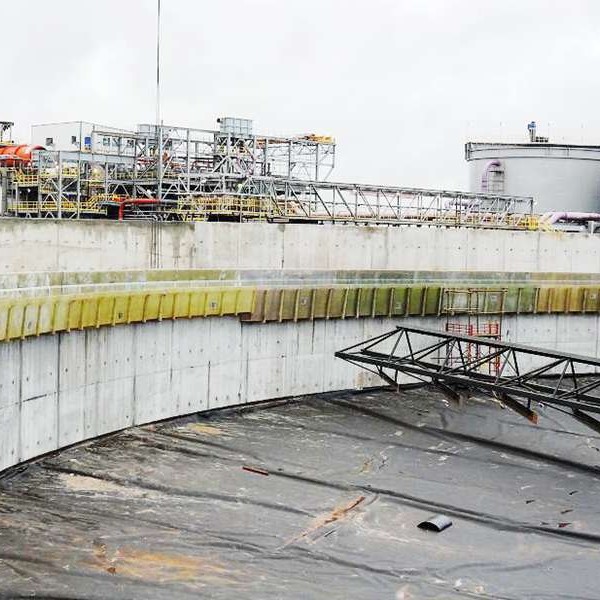
-
 Afrikaans
Afrikaans -
 Albanian
Albanian -
 Amharic
Amharic -
 Arabic
Arabic -
 Armenian
Armenian -
 Azerbaijani
Azerbaijani -
 Basque
Basque -
 Belarusian
Belarusian -
 Bengali
Bengali -
 Bosnian
Bosnian -
 Bulgarian
Bulgarian -
 Catalan
Catalan -
 Cebuano
Cebuano -
 China
China -
 China (Taiwan)
China (Taiwan) -
 Corsican
Corsican -
 Croatian
Croatian -
 Czech
Czech -
 Danish
Danish -
 Dutch
Dutch -
 English
English -
 Esperanto
Esperanto -
 Estonian
Estonian -
 Finnish
Finnish -
 French
French -
 Frisian
Frisian -
 Galician
Galician -
 Georgian
Georgian -
 German
German -
 Greek
Greek -
 Gujarati
Gujarati -
 Haitian Creole
Haitian Creole -
 hausa
hausa -
 hawaiian
hawaiian -
 Hebrew
Hebrew -
 Hindi
Hindi -
 Miao
Miao -
 Hungarian
Hungarian -
 Icelandic
Icelandic -
 igbo
igbo -
 Indonesian
Indonesian -
 irish
irish -
 Italian
Italian -
 Japanese
Japanese -
 Javanese
Javanese -
 Kannada
Kannada -
 kazakh
kazakh -
 Khmer
Khmer -
 Rwandese
Rwandese -
 Korean
Korean -
 Kurdish
Kurdish -
 Kyrgyz
Kyrgyz -
 Lao
Lao -
 Latin
Latin -
 Latvian
Latvian -
 Lithuanian
Lithuanian -
 Luxembourgish
Luxembourgish -
 Macedonian
Macedonian -
 Malgashi
Malgashi -
 Malay
Malay -
 Malayalam
Malayalam -
 Maltese
Maltese -
 Maori
Maori -
 Marathi
Marathi -
 Mongolian
Mongolian -
 Myanmar
Myanmar -
 Nepali
Nepali -
 Norwegian
Norwegian -
 Norwegian
Norwegian -
 Occitan
Occitan -
 Pashto
Pashto -
 Persian
Persian -
 Polish
Polish -
 Portuguese
Portuguese -
 Punjabi
Punjabi -
 Romanian
Romanian -
 Russian
Russian -
 Samoan
Samoan -
 Scottish Gaelic
Scottish Gaelic -
 Serbian
Serbian -
 Sesotho
Sesotho -
 Shona
Shona -
 Sindhi
Sindhi -
 Sinhala
Sinhala -
 Slovak
Slovak -
 Slovenian
Slovenian -
 Somali
Somali -
 Spanish
Spanish -
 Sundanese
Sundanese -
 Swahili
Swahili -
 Swedish
Swedish -
 Tagalog
Tagalog -
 Tajik
Tajik -
 Tamil
Tamil -
 Tatar
Tatar -
 Telugu
Telugu -
 Thai
Thai -
 Turkish
Turkish -
 Turkmen
Turkmen -
 Ukrainian
Ukrainian -
 Urdu
Urdu -
 Uighur
Uighur -
 Uzbek
Uzbek -
 Vietnamese
Vietnamese -
 Welsh
Welsh -
 Bantu
Bantu -
 Yiddish
Yiddish -
 Yoruba
Yoruba -
 Zulu
Zulu
Customized FRP Fittings - Tailored Solutions for Your Project Needs
Understanding FRP Customized Fittings A Comprehensive Overview
Fiberglass Reinforced Plastic (FRP) has emerged as a revolutionary material in various industries due to its lightweight, high strength, and corrosion-resistant properties. One of the key advantages of FRP is its versatility, particularly when it comes to customized fittings. Customized FRP fittings play a crucial role in ensuring that industrial and commercial systems function efficiently and securely.
Understanding FRP Customized Fittings A Comprehensive Overview
One of the primary benefits of FRP customized fittings is their ability to adapt to unique project specifications. Each industry has different demands; for instance, a chemical plant may require highly resistant fittings to handle aggressive substances, while a water treatment facility might need components that ensure optimal flow rates and minimal pressure loss. By utilizing customized FRP fittings, businesses can resolve challenges specific to their operations, ultimately leading to improved efficiency and reduced maintenance costs.
frp customized fittings

The manufacturing process of FRP fittings allows for extensive customization. Using advanced techniques such as filament winding and resin transfer molding, manufacturers can create fittings tailored precisely to the needs of their clients. The design phase often involves collaboration between engineers and clients to ensure that the final product meets all operational requirements. This tailored approach not only enhances performance but also extends the lifespan of the components, reducing the frequency of replacements.
Furthermore, FRP is environmentally friendly compared to traditional materials. Its lightweight nature contributes to lower transportation costs, and its durability means that fittings don’t need to be replaced as often, which can lead to reduced material waste. As businesses become more environmentally conscious, the demand for FRP customized fittings is likely to increase.
In summary, FRP customized fittings offer a host of advantages that make them an attractive option for industries requiring reliable and adaptable components. Their resistance to corrosion, lightweight design, and potential for customization align perfectly with the goals of modern industrial applications. As technology and materials continue to evolve, we can expect to see even broader applications and innovations in the realm of FRP fittings, paving the way for more efficient and sustainable industrial practices.









